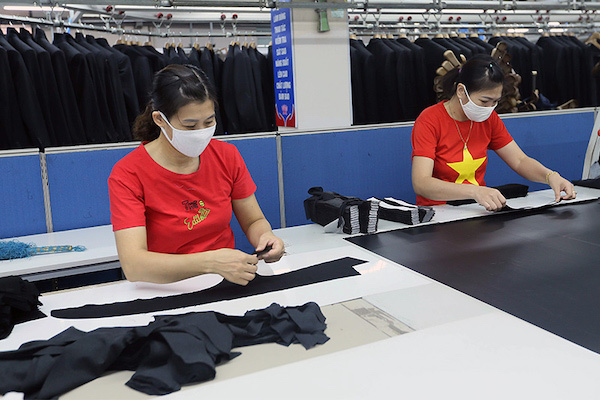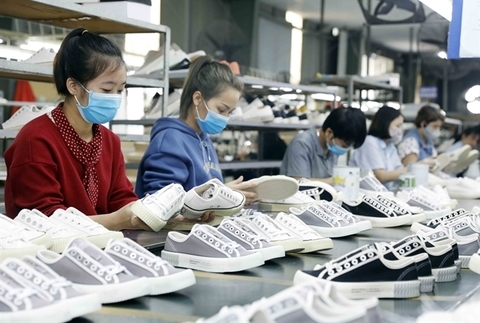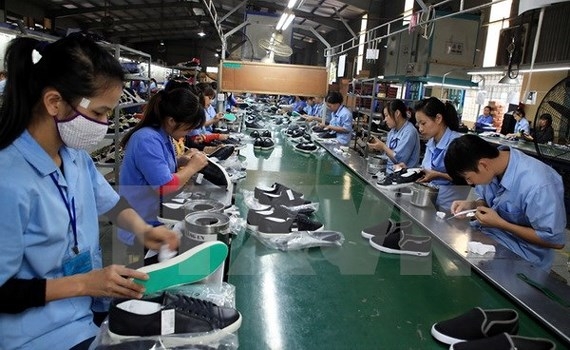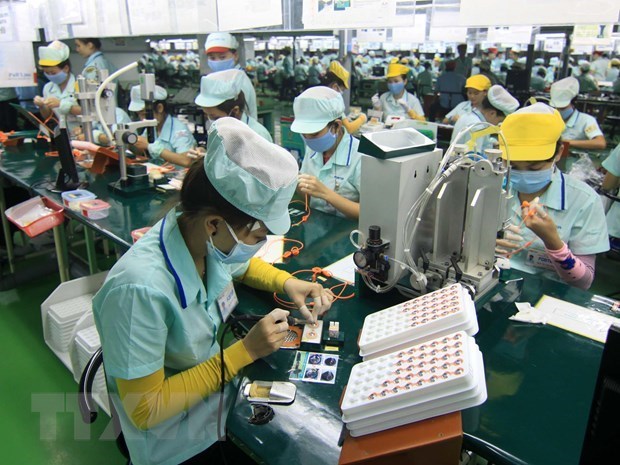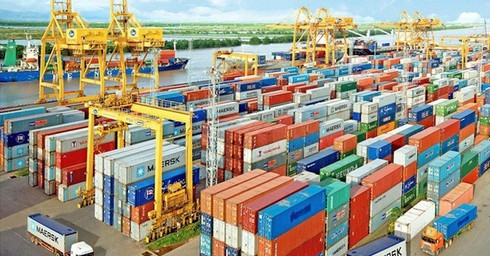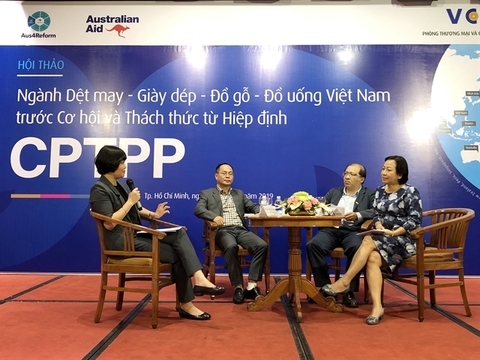- © Copyright of Vietnamnet Global.
- Tel: 024 3772 7988 Fax: (024) 37722734
- Email: [email protected]
footwear
Update news footwear
It’s time for Vietnam to change
The two most labor-intensive industries in Vietnam - textiles/apparel and footwear - which employ nearly 4 million workers - have become vulnerable to impact of the Covid-19 pandemic. It’s time for a change.
Garment-textile, footwear may take long time to recover: insiders
Viet Nam’s garment-textile and footwear sectors have endured the brunt of COVID-19 and firms may take a long time to recover, experts said.
Vietnamese leather and footwear sector yearns for EVFTA incentives
 Businesses in the leather and footwear industry await the ratification of the EVFTA to cash in on the enormous tax incentives coming with the landmark deal.
Businesses in the leather and footwear industry await the ratification of the EVFTA to cash in on the enormous tax incentives coming with the landmark deal.
93 percent of Korean firms satisfied with investments in Vietnam: survey
 Up to 93 percent of the businesses from the Republic of Korea (RoK) are satisfied with their investments in Vietnam, according to a recent survey conducted by the Korea Trade and Investment Promotion Agency (KOTRA).
Up to 93 percent of the businesses from the Republic of Korea (RoK) are satisfied with their investments in Vietnam, according to a recent survey conducted by the Korea Trade and Investment Promotion Agency (KOTRA).
Vietnam posts record trade surplus of nearly US$11 billion
 Vietnam enjoyed a trade surplus of close to US$11 billion during the first 11 months of the year, with roughly US$1.45 billion being recorded during November, according to the latest statistics released by the General Department of Vietnam Customs.
Vietnam enjoyed a trade surplus of close to US$11 billion during the first 11 months of the year, with roughly US$1.45 billion being recorded during November, according to the latest statistics released by the General Department of Vietnam Customs.
VN exporters can only take advantage of CPTPP with preparation
 Japan, Malaysia, Singapore, Australia, New Zealand and Chile are countries that Viet Nam has bilateral or multilateral FTAs with.
Japan, Malaysia, Singapore, Australia, New Zealand and Chile are countries that Viet Nam has bilateral or multilateral FTAs with.
Relying on Chinese materials, garment manufacturers can’t take full advantage of FTAs
 Nearly 100 percent of materials needed to make textile and garment products must be imported, limiting Vietnam’s to take full advantage of preferential tariffs in FTAs.
Nearly 100 percent of materials needed to make textile and garment products must be imported, limiting Vietnam’s to take full advantage of preferential tariffs in FTAs.
Footwear, bag exports estimated at $19.5 billion this year
Exports of footwear, suitcases and bags of all kinds are estimated at 19.5 billion USD in 2018, according to the Vietnam Leather, Footwear and Handbag Association (LEFASO).
Adidas overseas SpeedFactories: how will it affect VN footwear industry?
VietNamNet Bridge - Adidas’ tendency of relocating production bases to places near major markets is expected to have adverse effects on Vietnam’s footwear industry.
Footwear manufacturers plan comeback to conquer home market
VietNamNet Bridge - Though only around 10 Vietnamese footwear brands exist in the home market and each holds a modest 2 percent of market share, the products have begun conquering the local consumer market.
Vietnam’s footwear industry threatened by automation
VietNamNet Bridge - After five years of implementing a master plan on the footwear industry by 2020, Vietnam still mostly does outsourcing for foreign partners.
Footwear, leather promotion conference scheduled this week
A footwear and leather export promotion conference, themed “Increasing business and export capacity for Vietnamese footwear and leather enterprises,” will be organised on March 15 in HCM City.
Vietnamese footwear manufacturers ignore local market
VietNamNet Bridge - The majority of Vietnamese footwear companies make products for export and do not focus on the domestic market, where consumers often prefer foreign-made products.
Robots will not shift manufacturing away from Vietnam immediately
Robots, despite being cheaper and more productive, will not immediately shift manufacturing away from countries abundant with inexpensive and low-skilled labour, such as Vietnam.
Vietnamese make shoes to export, not to wear
VietNamNet Bridge - Vietnam is a big footwear exporter, but many Vietnamese do not wear domestically made shoes.
Foreign-invested footwear manufacturers show their power
VietNamNet Bridge - Foreign invested enterprises (FIEs) account for less than 25 percent of total number of footwear enterprises, but make up 77 percent of total export value.
VN climbs footwear ladder
VietNamNet Bridge – Viet Nam is now the third largest exporter of footwear in the world, and it can increase its exports further by using opportunities provided by free trade agreements.
FDI for footwear projects increase as new free trade agreements to take effect
Within three years, foreign direct investment capital has soared from $0.5 billion to $2 billions, with a number of foreign companies relocating their factories to Vietnam.
Footwear makes inroad into US market
VietNamNet Bridge – Sales to the US market is the aim of the Trans Pacific Partnership (TPP) agreement as Vietnam has already signed bilateral or multilateral free trade pacts with most of the other parties involved in the negotiations.
Vietnam optimistic about TPP progress
VietNamNet Bridge – Deputy Prime Minister Vu Van Ninh recently returned from a visit to the US, where he headed up a Vietnamese delegation lobbying for an early signing of the Trans-Pacific Partnership Agreement.
